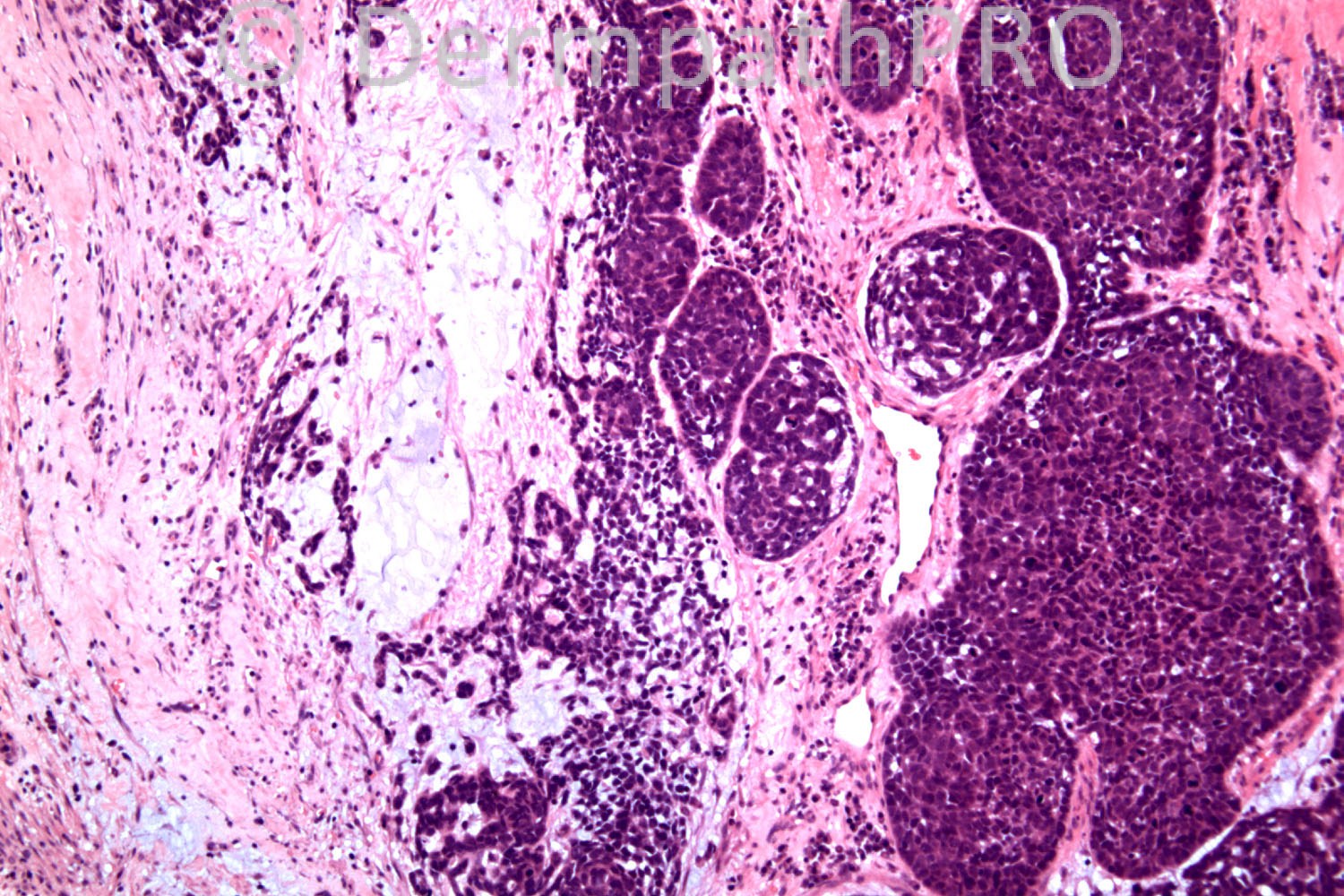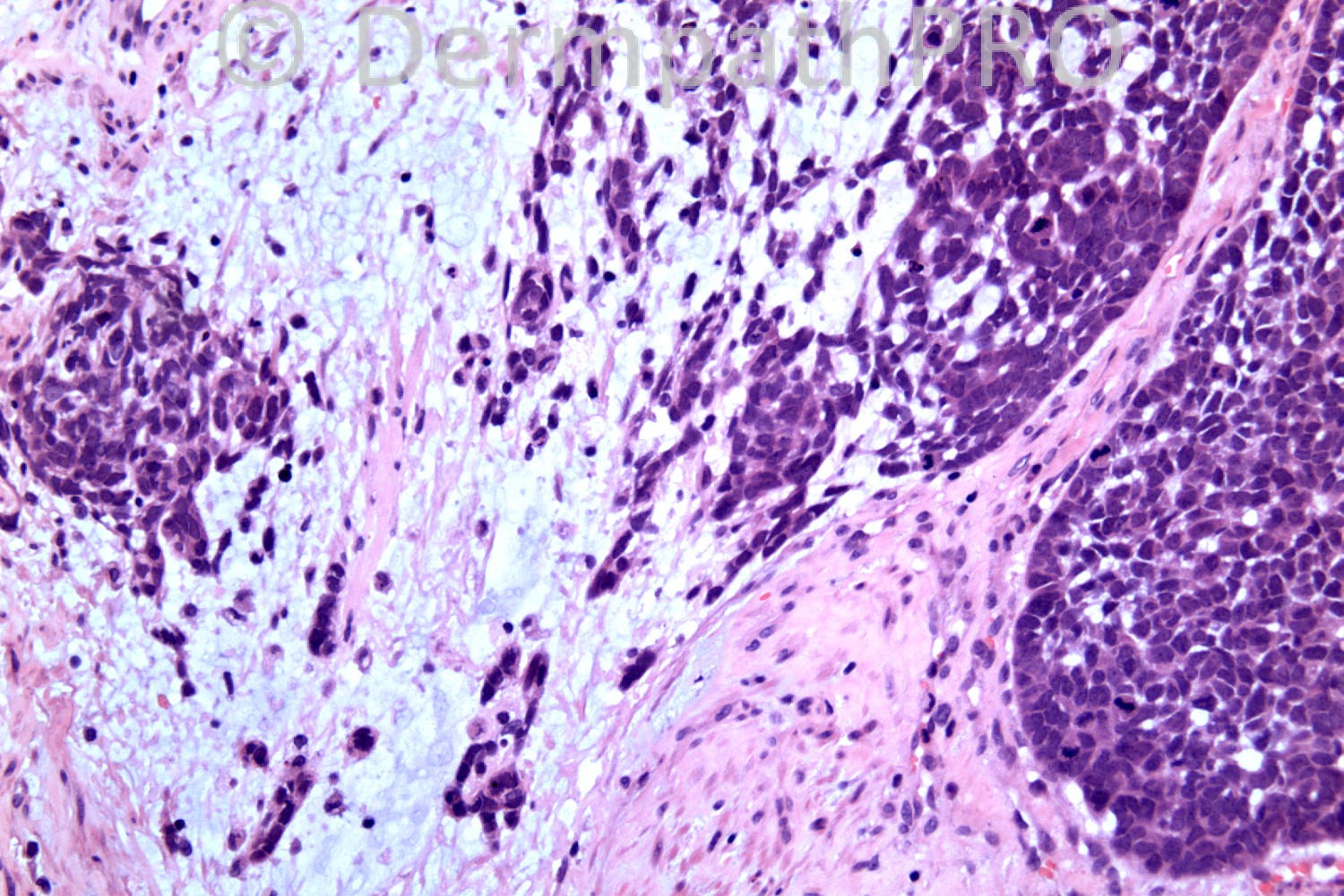Case Number : Case 771 - 31st May Posted By: Guest
Please read the clinical history and view the images by clicking on them before you proffer your diagnosis.
Submitted Date :
84 years-old female. Painful perianal lump excised.
Case posted by Dr. Richard Carr.
Case posted by Dr. Richard Carr.







User Feedback